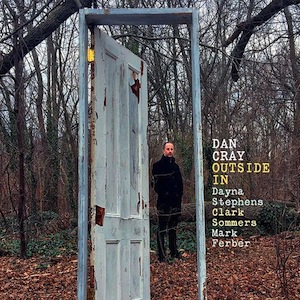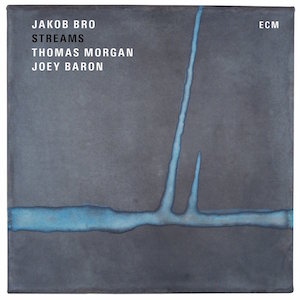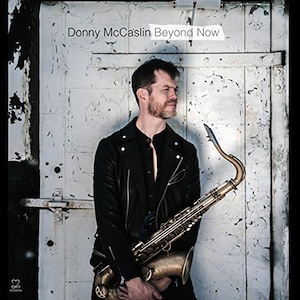Dan Cray: piano; Dayna Stephens: tenor saxophone; Clark Sommers: bass; Mark Ferber: drums.
Outside In is the title of the sixth album by the pianist/composer Dan Cray, his second recorded in quartet.
Regarding the lineup, and in comparison to Cray's previous work, Meridies, the saxophonist Noah Preminger was replaced by Dayna Stephens, while the drummer Mark Ferber and his longtime bassist Clark Sommers keep laying down the foundation.
Favoring a laid-back posture and a liberating spiritual freedom, the recording comprises seven frictionless tunes, which have the power of grabbing us emotionally.
More than just deliver a gentle spirituality, “Small Sir” works as a natural medium for the pianist’s modal expansions and beautiful creativity. By the end, after sincerely felt improvisations by Cray and Sommers, Stephens lets his voice out for the final turnaround, peppered by Ferber’s stalwart drumming.
“Where Springs” is an innocuous ballad that boasts a wonderful understanding between the bandleader and Stephens. They whether complement each other’s phrases or fill the available spaces with logic and wisdom.
Billy Strayhorn’s classic, “A Flower Is a Lovesome Thing”, is an exceptional piece crafted with an exotic grace and escorted by a sophisticated bass pulse and cultivated drumming. Besides the latter, the album presents two more renditions: Bud Powell’s “Oblivion”, which starts as a rhythmically broken dance and then swings sturdily for Cray’s heartening solo, and the soft and tender “Where Are You”, a 1937 jazz standard composed by Jimmy McHugh.
Also captivating is “OdP (Bird of Paradise)”, a serene waltz whose melody, drawn by Stephen’s attractive language, is more plaintive than dreamy. In contrast, the title track accelerates slightly by adding some more pulse. It maintains a passionate feel, though.
Serenading the moon and the Earth, Cray frames velvety layouts resorting to reflective moods and a huge sense of unity with the members of his quartet.
The romanticism will be even greater if you listen to Outside In while drinking a good glass of red wine in the company of your loved one.
Grade A-
Favorite Tracks:
01 – Small Sir ► 03 – A Flower Is a Lonesome Thing ► 05 – OdP (Bird of Paradise)








































